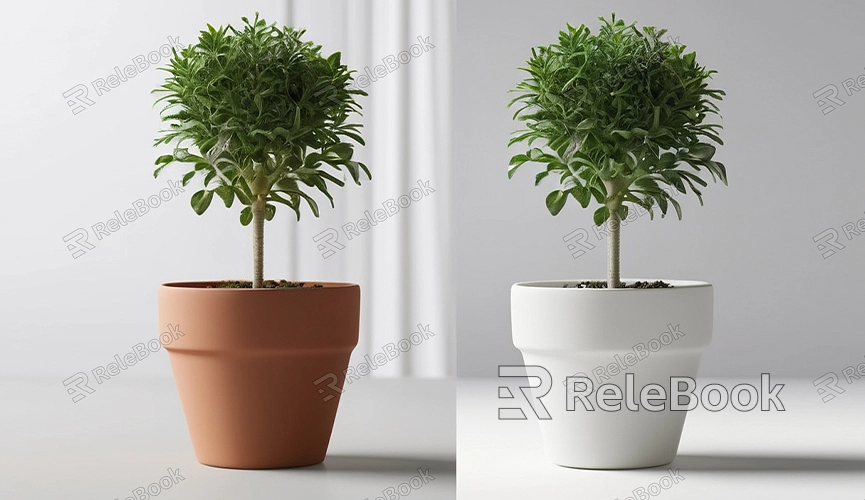How to Render in Blender Without Background
Blender is a powerful open-source 3D modeling and rendering software widely used in animation, gaming, and visual effects production. In many cases, we need to render images without a background to make it easier to composite other backgrounds or elements in post-production. So, how do you render images without a background in Blender? This article will introduce the steps and techniques to help you achieve this goal effortlessly.
Preparation
Before rendering, make sure your Blender project is ready, including models, materials, lighting, etc. If you haven't installed Blender yet, you can download and install the latest version from the [Blender official website].

Setting Render Output Format
To preserve transparency in the rendered image, you need to choose an image format that supports transparency. Common formats include PNG and TIFF. Here are the steps:
1. Open Blender and navigate to your project file.
2. Switch to the "Output Properties" panel, located in the toolbar on the right side (an icon resembling a camera).
3. Choose the output format and select PNG or TIFF format from the "File Format" dropdown menu.
Enable Transparent Background
Next, you need to enable the transparent background option:
1. Switch to the "Render Properties" panel, located in the toolbar on the right side (an icon resembling a camera).
2. Find the "Film" option and expand it.
3. Check "Transparent" to enable the transparent background option.
Once this option is enabled, Blender will preserve a transparent background in the rendered image.
Start Rendering
After completing the above settings, you can start rendering:
1. Press F12 or select "Render" -> "Render Image" from the menu.
2. Once the rendering is complete, the image will be displayed in the "Image Editor" window.
Save Rendered Result
After rendering, you need to save the image as a file:
1. In the "Image Editor" window, select "Image" -> "Save As".
2. Choose the save location and filename, ensuring the file format is PNG or TIFF.
3. Click "Save" to complete the image saving process.
Post-Processing
After rendering and saving, you can further process and composite the image using image editing software such as Photoshop or GIMP. Since the image preserves a transparent background, you can easily composite it with other backgrounds or elements to achieve the desired effect.
Troubleshooting Common Issues
7.1 Rendered Image Background Still Black
If the rendered image background is still black instead of transparent, check the following settings:
1. Make sure "Transparent" is checked in the "Render Properties".
2. Ensure the output format is a format that supports transparency, such as PNG or TIFF.
7.2 Jagged Edges in the Image
If you notice jagged edges in the image, you can improve them by:
1. Enabling Anti-Aliasing: In the "Render Properties", find the "Sampling" option and increase the sample count to improve rendering quality.
2. Using Alpha Mask: In image editing software, you can use the Alpha Mask tool to smooth the edges.
By following these steps, you can easily render images without a background in Blender. This method is particularly useful for projects that require post-compositing, enhancing image processing flexibility and efficiency. If you need high-quality 3D textures, HDRI, or 3D model downloads for your modeling and virtual scene creation, you can obtain them from Relebook, where you can directly import textures and 3D models into your project after downloading.

